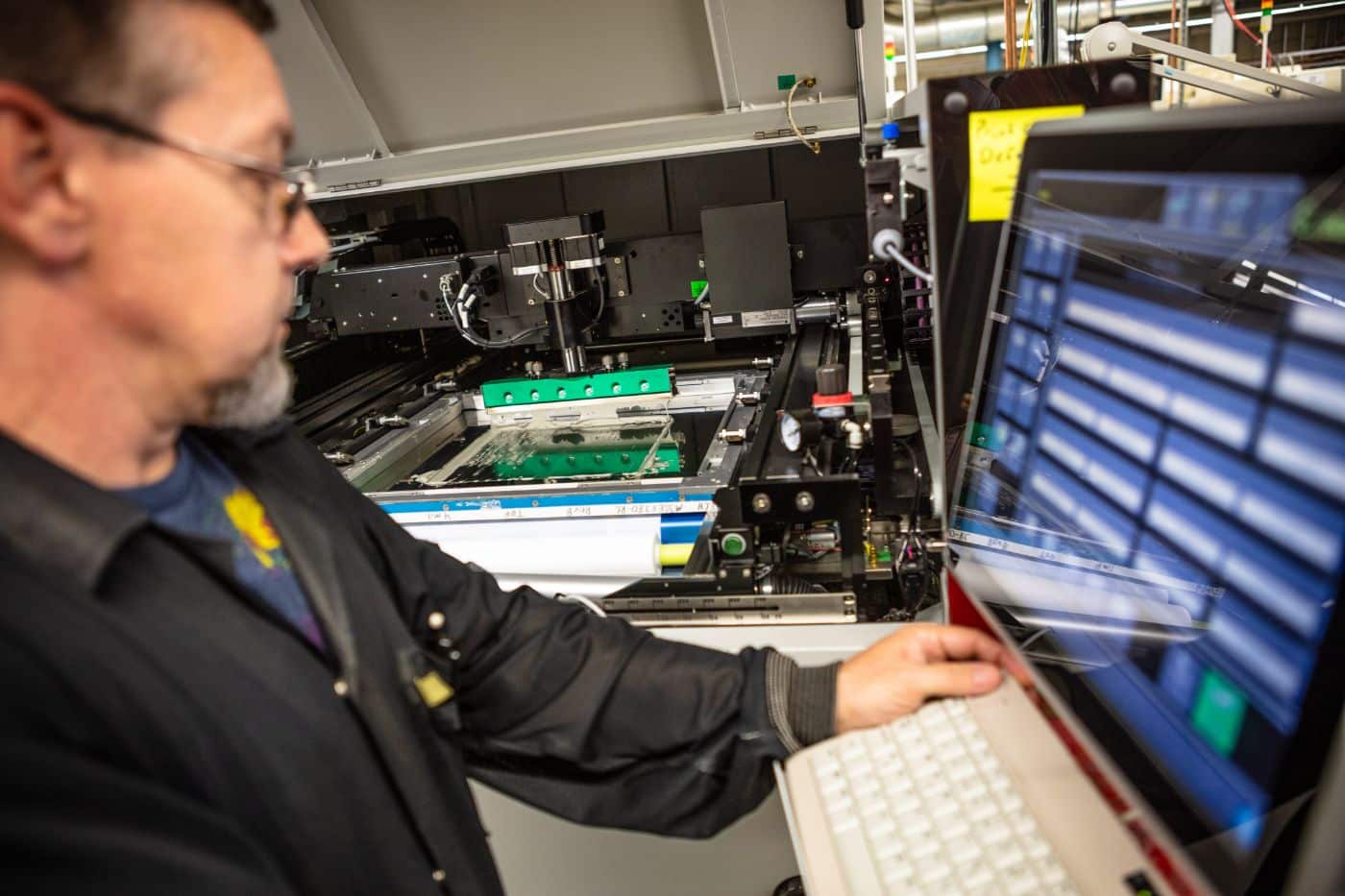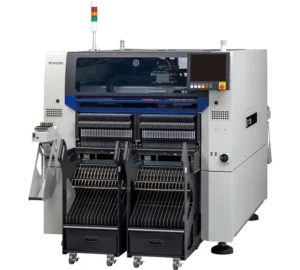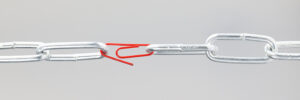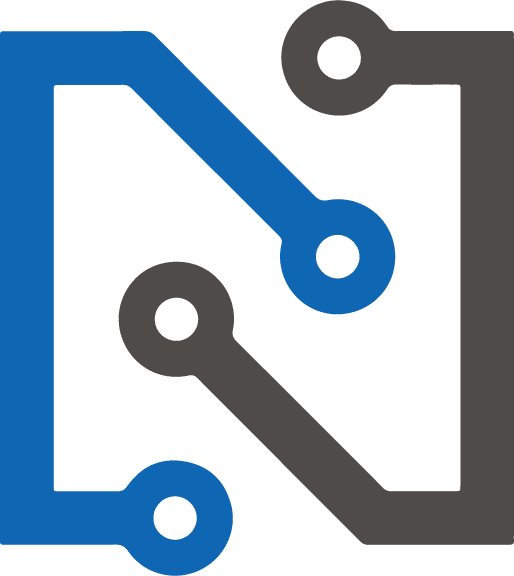Achieving the best results when a product requires multiple mounting methods
From the beginning of the 20th century, as the use of printed circuit boards (PCBs) became more common in complex machinery, the standard process of creating PCBs involved through-hole technology. In this process, leads on the components were inserted through pre-drilled holes in the PCBs, and soldered to pads on the opposite side, either by hand or by automated insertion mount machines.
A transition to SMT
The advent of surface mount technology (SMT) occurred in the 1960’s. As the name suggests, SMT involved the mounting of components directly onto the board, rather than through it. Because of the increased speed and decreased cost SMT brought to the industry, engineers viewed this technology as a likely replacement for the through-hole process, and by the 1990s, that prediction had largely come true.
Even so, some PCBAs employ through-hole technologies and SMTs —for example, in large power supply components — which poses a challenge for contract manufacturers and OEM’s, namely mapping out the best way to process and accommodate a production path that uses mixed technologies.
Matching the process to the product
Every customer’s PCBA is unique, and mixed technologies require a coordinated sequencing of elaborate (and expensive) machines for both types of assemblies. Because Niche Electronics is a solutions-driven company, we assess each of these unique assemblies, how they work together, and the best way to coordinate and integrate them into a manufacturing process. Some of the questions we consider in our planning process include:
- What is the most efficient process-path for the PCBA to follow, in terms of applying specific components in a particular order?
- Which through-hole soldering methods are the most efficient? Manual or automated?
- Which is the best surface-mount machine to use for a specific step?
- What inspections must be scheduled before and after each stage in production?
Performing these very different steps-of-assembly in the correct order, and making sure each is completed accurately and efficiently, eliminates product failures and ensures a customer’s PCB can be manufactured as expected within time and budget parameters.
It’s why Niche Electronics uses a highly trained team of technicians and upper management, with knowledge of a range of systems and equipment, to map out the entire process before the first component touches a board.
For more information about this and other elements of our assembly process, let us know.
Niche Electronics is a leading electronics manufacturing services company that pairs sophisticated capabilities with a uniquely customer-centered approach. For the past 25 years, Niche has crafted high-complexity circuit board assemblies — and built lasting customer partnerships in an array of industries. For information, visit www.Niche-Electronics.com.






